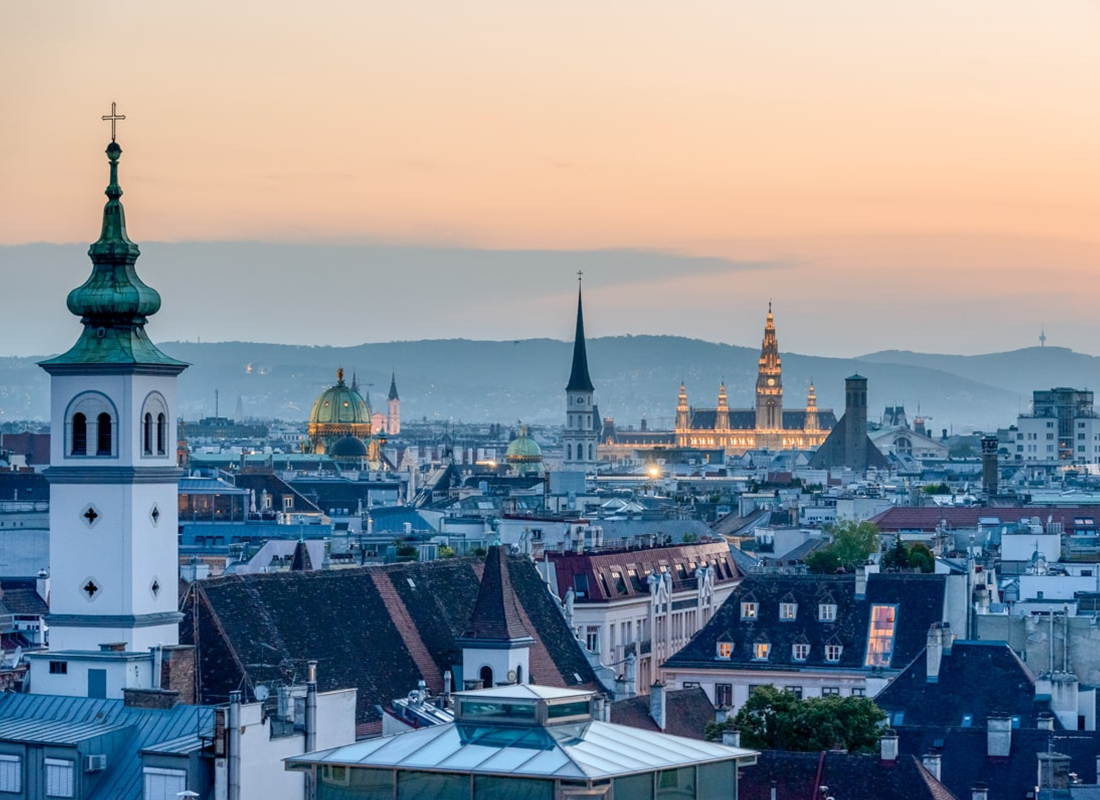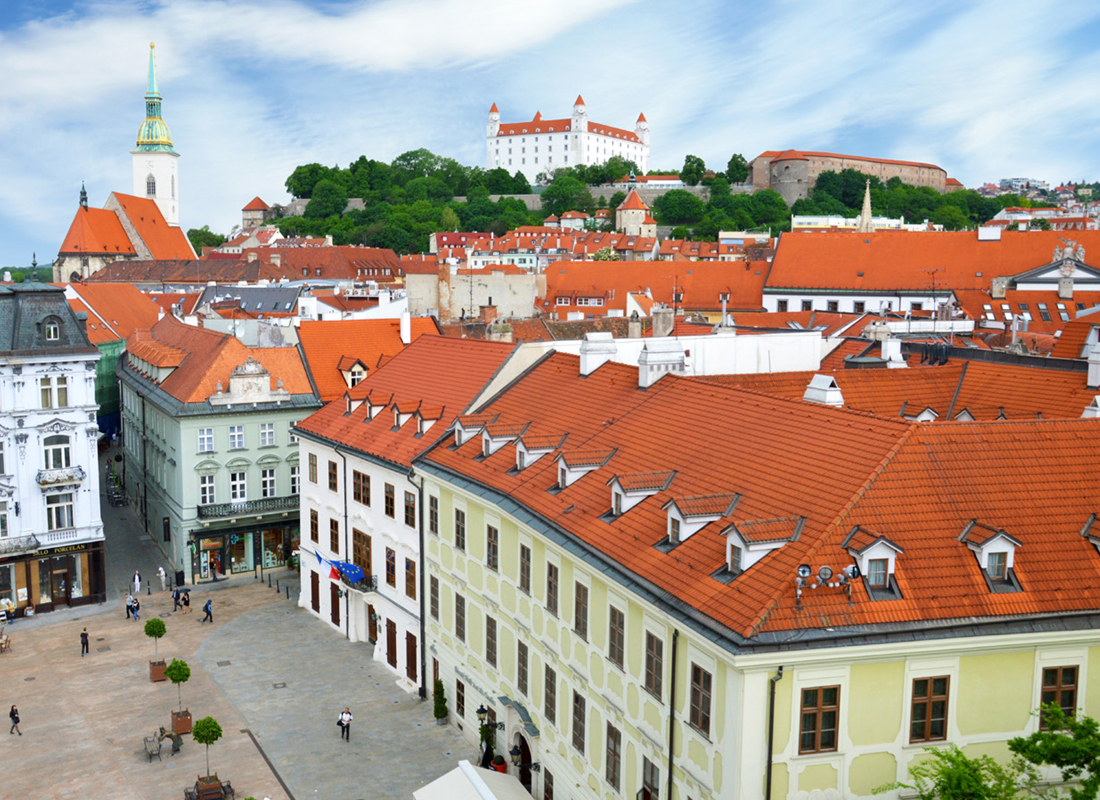Bratislava is the capital of Slovakia and has a population of around 450,000 people. The city was established in 14th century and became a part of the Austro-Hungarian Empire following the 1867 reform.
The city’s historical center is close to Vienna as an important part of the cultural region known as “Upper Austria”. Bratislava also possesses its own unique culture with influences from Czech Republic, Hungary, Austria, Poland and Ukraine.
The city is the right under the influence of its rivers and the Danube river. Here you will find numerous historical monuments and cultural influences from many different states.
1. Jan Hus Memorial
Jan Hus was a religious reformer who was burned at the stake, in 1415, because he disagreed with the Catholic teachings of his day.
He is considered to be a martyr in the fight for freedom of religion. The statue of Jan Hus on horseback is one of the most popular symbols to represent Bratislava and his teachings. The statue was designed by Slovak sculptor Cyril Boleslav Janko and unveiled on 8 May 1915.
There is a small museum situated in the basement of the Church dedicated to Jan Hus.

2. St Michael’s Cathedral
Located in the city’s downtown next to Tatra mountain bike track, this Church was constructed in the late 19th century and is one example of neo-Gothic architecture. The cathedral has many chandeliers and stained glass windows that are especially well-known for their beauty.
3. Bratislava Castle
The castle was built in the 12th century and is situated up in the hill so you will not be able to see the whole structure from street level. There are around six entrances to enter the structure and you can choose to walk or ride a funicular up.
On top of the castle, you will find an area with statues of historical figures, open-air cafes and music concerts. You will also be able to see impressive views of Bratislava on a clear day.
4. Snp Niagara Cave
The SNP Niagara cave is located at the bottom of the former Slovak Academy of Science which was transformed into a mall in 2013. The cave is the result of a massive flood and there are many different exhibits that describe the history of this event, some dating as far back as 12th century, although some sources say it was earlier.
The passage has been recreated with thousands of stone tiles and includes some of the largest stalactites in Europe that have a diameter exceeding 1 meter.
Conclusion
Bratislava is not a place you have to go to only once. The city is gaining popularity as many international companies are choosing to relocate their headquarters in Bratislava due to the affordable cost of living and reasonable business opportunities.



